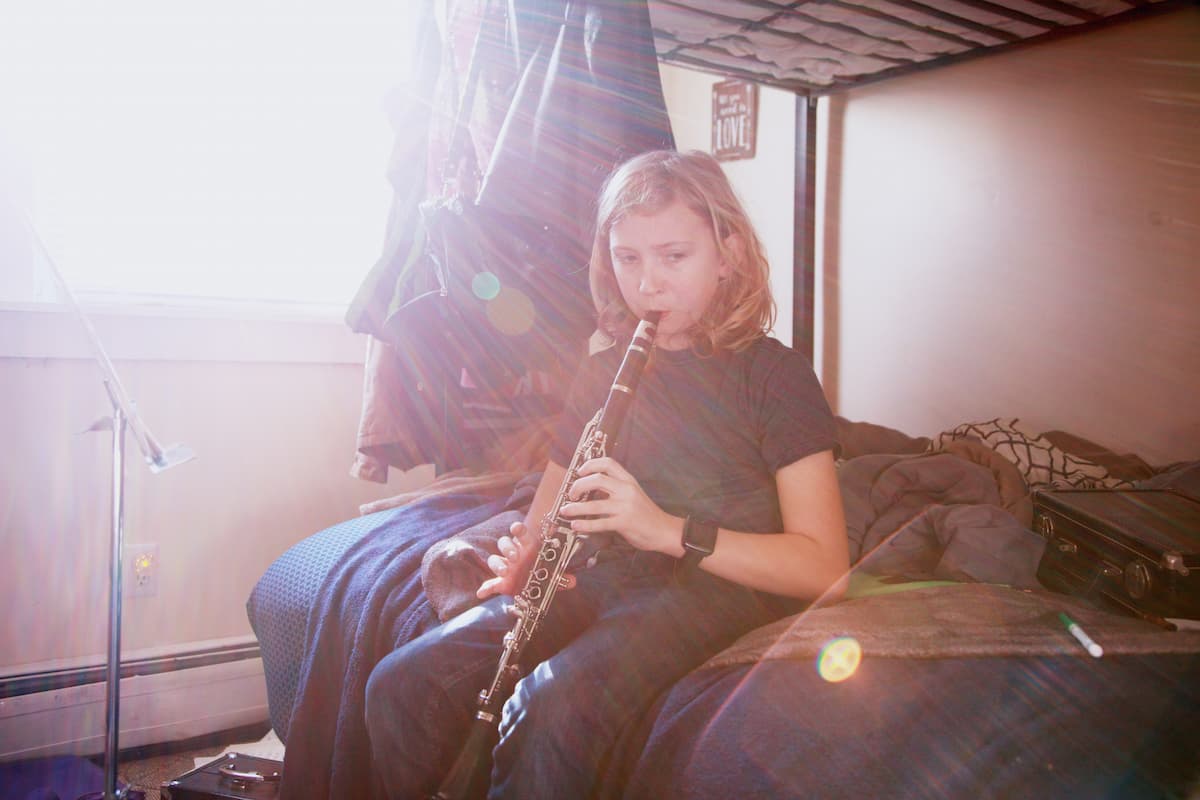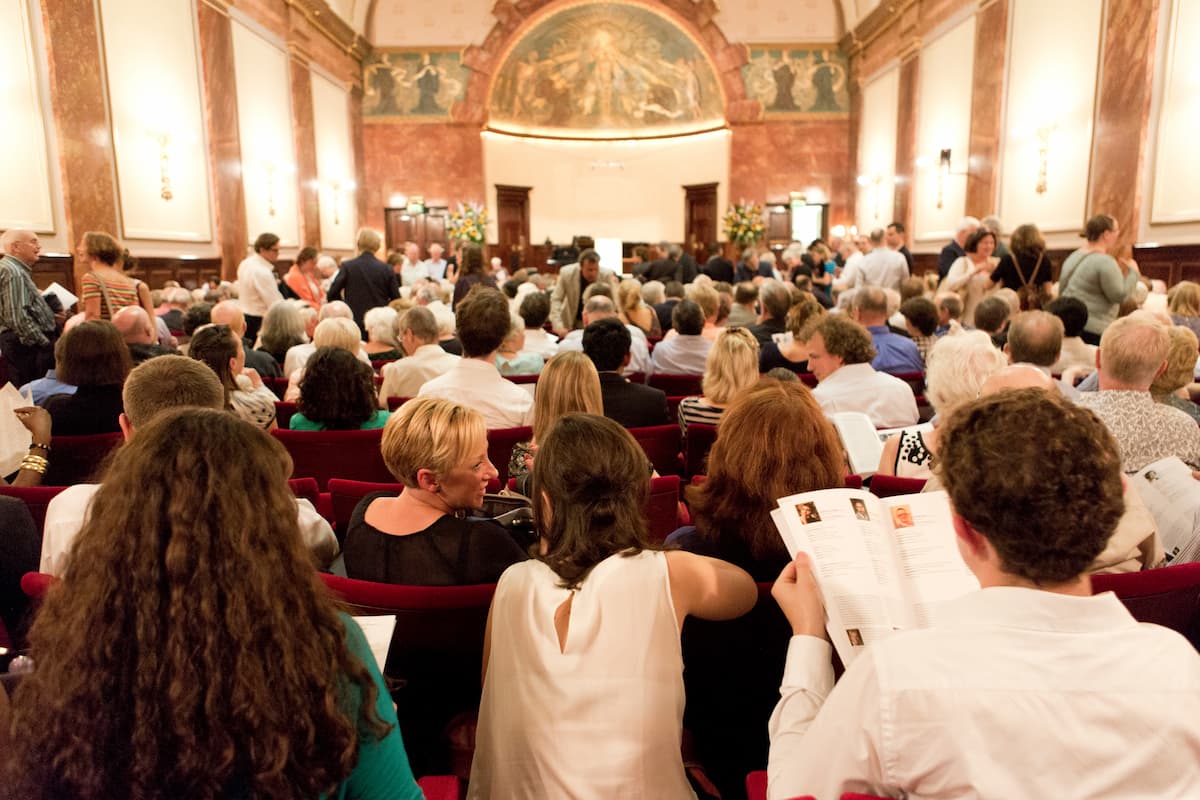
Lang Lang in a masterclass with Daniel Barenboim
One of my piano students has selected a Bach Prelude and Fugue (BWV 851) as part of his Grade 8 programme. It amused me to discover that this was the very same Prelude and Fugue I learnt for my Grade 8 exam, back in 1980. On revisiting the music, I found the Prelude was still very familiar, much of it well “in the fingers”, but the Fugue felt far less secure. After our first lesson on this piece, I told my student I would be “relearning the Fugue” in order to support him in his study and learning of it.
Bach: The Well-Tempered Clavier, Book 1 – Prelude and Fugue No. 6 in D Minor, BWV 851
Learning, or relearning, the same work alongside a student can be an instructive and insightful process, for both teacher and student, and keeps the teacher in touch with the “how to” of learning a piece, giving a better understanding of the challenges inherent in the music.
At a technical level, this kind of “side by side” learning is very helpful in, for example, devising effective fingering or bowing or identifying awkward passages. It also gives the student the very positive advantage of having the teacher as a “microscope”, to zoom in on particular sections of the music, which areas might need to be “quarantined” in practice, and to examine specific aspects of meaning and interpretation. It also shows students how their teacher learns, which may inform their own learning and practising, and is a reminder that learning is a lifelong process, not one which ceases when the teacher has achieved a certain level of authority or respect.
For the teacher, the process can be equally positive. It can prevent complacency in one’s approach to teaching and it is humbling to see how a student responds to and shapes the same music. Discussions about interpretative aspects made shine a new light on a familiar work and offer the teacher new insights, which can be empowering for the student too. This gives a degree of autonomy to the student which encourages confidence and self-determination – both important factors in motivation and independent learning. It also gives both student and teacher a sense of shared purpose and collaboration, thus opening up opportunities for more involved discussions about interpretation and one’s personal vision in the music, thus becoming a major growth experience for both student and teacher.




